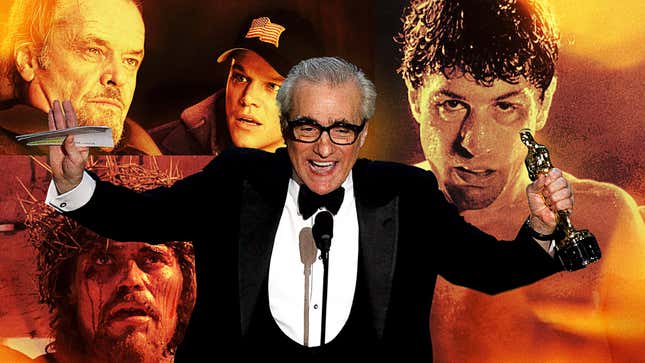
To generations of film lovers, it seems as if Martin Scorsese has always been with us, as have the cinematic obsessions informing much of his work: The lure of criminality and corruption (Goodfellas), urban alienation (Taxi Driver), and toxic masculinity (Raging Bull). But since his feature debut, Who’s That Knocking At My Door in 1967, Scorsese has also wrestled with his Catholic faith (Silence), changing social mores (Age Of Innocence) and our obsession with celebrity (The King Of Comedy).
The New York-born son of a garment industry presser and a seamstress, Scorsese, who will turn 81 next month, has also been an enduring evangelist for the art of film—even if that means occasionally angering fans of the superhero epics he famously declared in Empire magazine to be “not cinema.” Scorsese, proud owner of nine Academy Award nominations for Best Director, is a modern master of story and style, and a bulwark against what he sees as the lowering of the Seventh Art from its century-long position atop the cultural mountain.
Just in time for the release of Killers Of The Flower Moon, we’re ranking Scorsese’s feature films (we didn’t include documentaries like 1978’s The Last Waltz or shorts like 2015’s The Audition). Just scrolling down these titles reminds us that Scorsese remains a vital voice in film. If that means ruffling a few superhero feathers, well, when you consider that he’s created several of the greatest films ever made, he’s earned his right to his opinion.